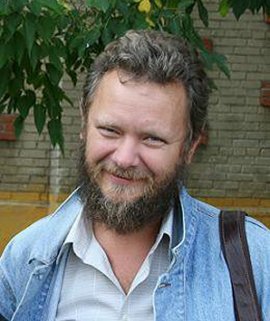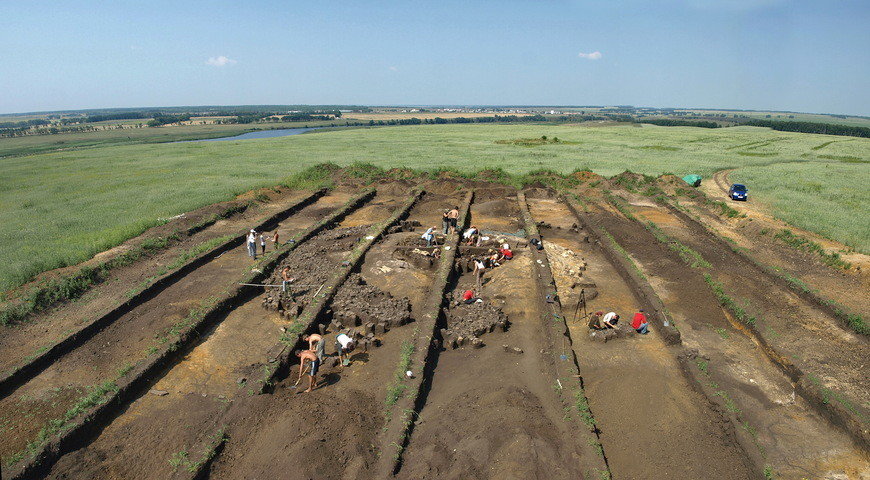
The Nature scientific magazine is definitely one of the most authoritative periodicals in the academic environment. The only magazine that can be compared with it is a well-known Science Magazine. The approach to peer review in these magazines is the most rigorous and serious one, which is why the publication in a magazine of suchlike kind is an emphatic success for any scientist.
This event automatically makes the research valuable and indicates at the newest approaches which the author of article uses. It is worth mentioning that the publication of the Russian scientist in Nature is an unusual occurrence per se. Following the results of the previous year, the number of articles of the Russian scientists in Nature have amounted just a couple of dozens.
In June of the previous year the article titled “Population genomics of Bronze Age Eurasia” was issued, where the largest research of human DNA who lived in the Bronze Age is reflected (approximately 3000-1000 years B.C.). Coauthor of this publication is the main research scientist of NOTsEI of SUSU, Doctor of Sciences (History) Andrei Epimakhov.
“In general I deal with the Bronze Age in various capacities and manifestations: social and economic lives, its technological and other aspects. The state of knowledge of the age is that only now we are approaching to the understanding of what kind of age it was. The age is fateful in all senses: it is the origin of the first states, ethnic groups and linguistic families, first specialized technologies, metallurgy establishment, first transport which didn’t exist at all before (invention of a wheel) and many others! That is why there are many areas where we can go further! And fortunately, I have had an interest in this age for many years, which is why I had some initial material to work with,” tells Andrei Vladimirovich.
The Bronze Age of Eurasia was a period of the main cultural changes. However, the arguments about the reasons of these changes have been conducted for a long time among archeologists. The research has confirmed a hypothesis on the migration of population. The data obtained in the framework of the research settles the dispute of scientists, as well as proposes new occasions for discussions.
“The article was issued in June. By now dozens of citations have already been fixed officially! This means that the article awaked interest and discussions... I am not going to talk nonsense, not all agreed with us. Besides, I received a number of questions from Russian colleagues, and it points at the fact that our scientists can read papers in other languages as well…,” comments Andrei Vladimirovich.
The subject of the largest research, the results of which are reflected in the article, is in the intersection of several disciplines. According to Andrei Epimakhov, the basis of inference is paleogenetics – a new field of science, for archeologists inclusively. In the course of the work the scientists investigated 101 human genomes from the four corners of the Eurasia. The results helped to provide insight into large-scale migrations of population of that time, particularly, the insight into the expansion to territory of the Urals, as well as the origin and distribution of Indo-European languages, generation of human lactose tolerance genes and others.
The content of the article is a review of genetic materials (more in details: http://www.nature.com/nature/journal/v522/n7555/full/nature14507.html).

Meanwhile Andrei Vladimirovich keeps on investigating the age. Recently his publication has been issued in a less authoritative journal Cell, which in comparison with Nature is aimed not at interdisciplinary but at the research in the field of biology. The scientist marks that by publishing his work in these periodicals he gained new communications that can be useful in his further research dedicated to the Bronze Age.



